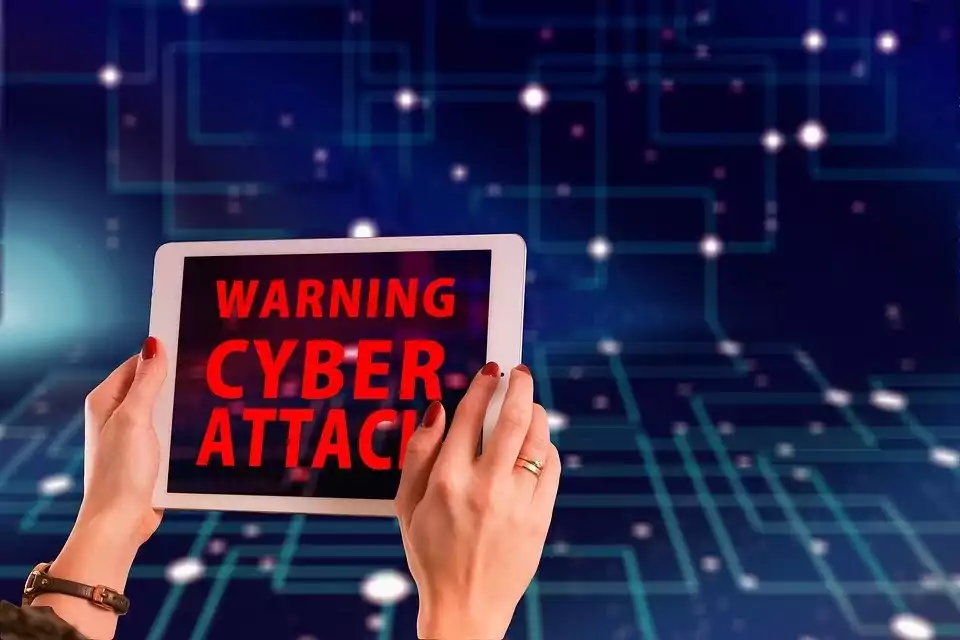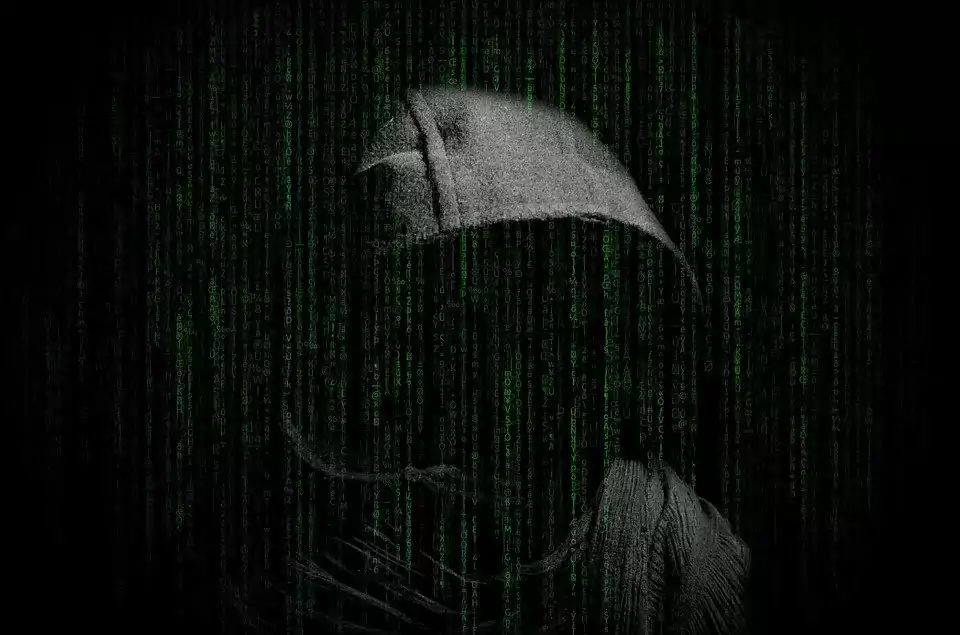Malware is a collective term for any variant of malicious software that is intentionally designed to compromise a computer network. Some signs of a malware attack include a slow running computer, programs opening or closing automatically, lack of storage space, as well as what they call the blue screen of death (BSOD). There are several types of malware attacks and below are some of them, including how you will be able to combat them promptly.

1. Adware
If you have noticed an ad popping up in your computer from out of nowhere, then this could be adware. This type of malware causes particular ads embedded in a software or program to show up on your computer suddenly. This is often run by ad creators who wish to generate revenue from their ads being viewed and clicked.
While this type of malware doesn’t compromise your system data, it can be an annoyance to the computer user. To mitigate an adware attack, install an anti-malware solution with anti-adware features. Also, disable pop-ups on your browsers, and during any installation process, tick off boxes that will install any additional software by default.
2. Bug
Bugs often refer to the flaws in a piece of a software program and most codes have these bugs. Bugs are more prominent in beta versions but they can still be present in final releases, only that they are already manageable. However, there are instances wherein bugs may pose serious security issues because these can open up your system for attacks.
Making sure that all the software and programs you use are up to date is a great way to ensure that your computer is bug-free. More often than not, application developers release patches to address the bugs in the previous versions of their programs. Once you get notified of these updates, run them promptly.
3. Phishing
Phishing can occur in various channels, but oftentimes, phishing attacks are executed via emails. The emails sent out to the user aim to lure them into divulging personal data and sensitive information that can be used to the advantage of the sender. Phishing can also occur through download attachments, as well as website visits.
Because phishing is greatly dependent on social engineering, the best way to combat this attack is awareness. Aside from anti-spam and anti-malware solutions, it is of utmost importance not to divulge any sensitive information, such as passwords, through emails. You also need to be wary of opening attachments from unknown senders or sources.
4. Ransomware
There are instances wherein you may get locked out of your computer (locker ransomware) or files (crypto-ransomware), and to be able to gain access, you are required to pay a certain fee. It can also be that hackers threaten to release your sensitive information to the public unless you pay a ransom. These are the classic scenarios when your computer is attacked by ransomware.
To circumvent a ransomware attack, make sure that you perform regular and periodic backups, such that when your files are infected with this malware, you can just wipe up your system and reboot from your backup. However, there are cases wherein the ransomware can be quite difficult to remove, prompting the user to pay the ransom instead.
5. Spyware
This malware allows a hacker to spy on you, collecting information such as your internet activity, as well as your login credentials to name a few. Website cookies that monitor your web browsing patterns are a classic example of spyware. While this type of malware is dangerous, it can easily be removed from your computer.
Simply installing an anti-spyware program, in line with a regular clean up of your computer, can already take care of this problem. In terms of the latter, research on the best computer clean up solutions recommended by various tech reviews because you will be able to immediately identify questionable software with a clean drive. Using a firewall and having a keen eye when installing programs on your computer can also reduce your risk of being infected by spyware.
6. Trojan Horse
One of the most common malware attacks is the trojan horse, wherein hackers disguise the malware into something appealing such as a free download or a special gift. Once it gets into the system of your computer, it can steal any of your personal data and sensitive information. The worst part is that a trojan horse can even act as spyware too. In this case, awareness is your best bet in preventing this kind of malware from infiltrating your computer. You should also take extra precaution in installing any new software or program.
7. Viruses
The viruses that can infect your computer can replicate itself in a short amount of time, affecting your entire computer, as well as on your other devices, networks, or programs. In an instant, your documents and programs may be compromised. Thereby, make sure to install an antivirus software solution on your computer because this is your first line of defense against this malware. Also, ensure that your antivirus is up to date.
8. Worm
Finally, there is also the worm. A worm is very much similar to a virus, only that it is a standalone program that doesn’t need to be attached to other programs in order to spread. For this reason, a worm is much more damaging compared to a virus. In a similar manner, you can prevent a worm from infecting your computer by the installation of reliable antivirus software. Also, be wary of clicking attachments from emails with unfamiliar senders.

Clicking on a link from an unsecured site, as well as downloading unreliable apps may leave you vulnerable from malware attacks. Even opening email attachments or messages from unknown software can also compromise the safety of your computer. Adware, bugs, phishing, ransomware, as well as spyware, trojan horse, viruses, and worm, are only some types of malware that can attack your computer. In any case, make sure that you have a robust and updated antivirus application or security suite to reduce, if not eliminate, your risk of getting infected.

